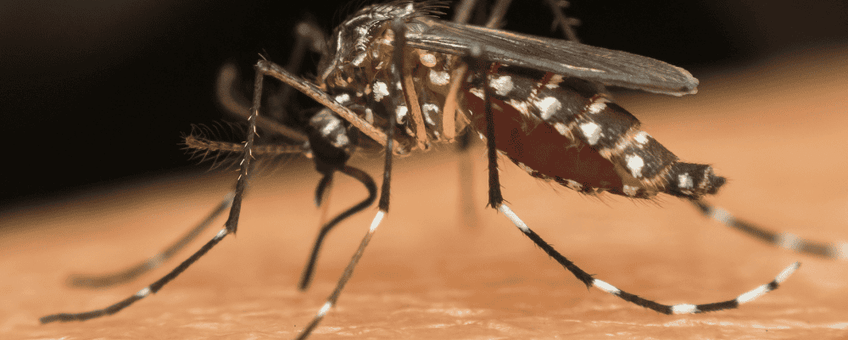
Mosquito Mapping on Bonaire
Dutch Caribbean Nature Alliance (DCNA)By understanding local environmental drivers of mosquito distribution, public health efforts can be better prepared to manage the increased risk of mosquito-borne diseases as the climate changes.
What Did They Find?
Turns out, mosquitoes are picky! The study uncovered distinct habitat preferences. Two native species, the black salt marsh mosquito (Aedes taeniorhynchus) and the crabhole mosquito (Deinocerites sp.), prefer mangroves and natural wetlands. Two other native species specialize in tree holes or mud puddles. Two non-native species, the yellow fever mosquito (Aedes aegypti) and the southern house mosquito (Culex quinquefasciatus), both known disease vectors, thrive in urban environments. The researchers used fine-scale mapping (10 x 10 metres) to pinpoint these patterns, showing how local factors such as proximity to urban areas, mangroves, and water bodies influence where mosquitoes are found.

Disease Control
This research on biodiversity of mosquito fauna and habitat is crucial for risk assessment of mosquito borne diseases in the Dutch Caribbean. Knowing exactly which species are present and where species most likely to thrive allows for more efficient control measures.
More information
- Want to learn more? Read the full report here.
Text: Dutch Caribbean Nature Alliance
Photo's: Pong Moji (leadphoto: the yellow fever mosquito (Aedes aegypti)); Arnav Ray
